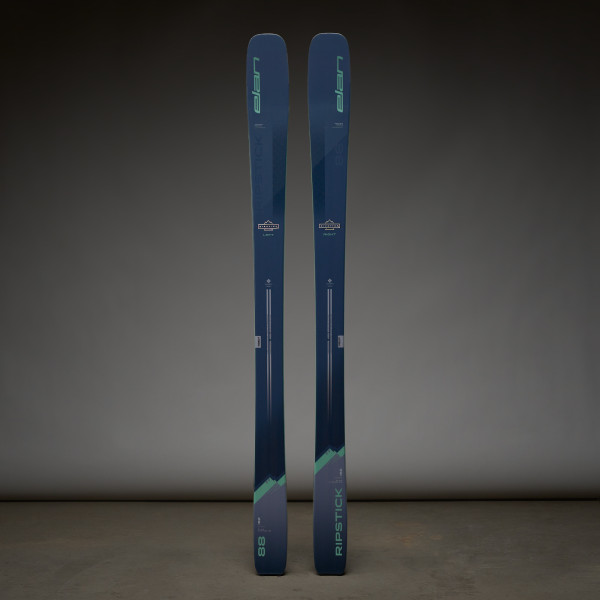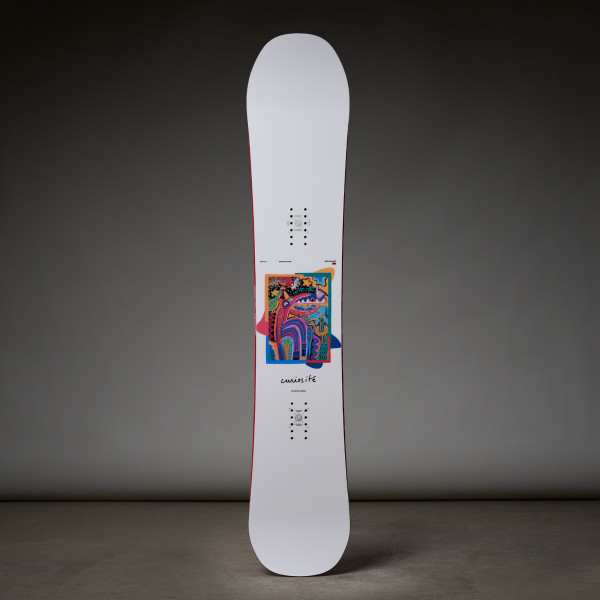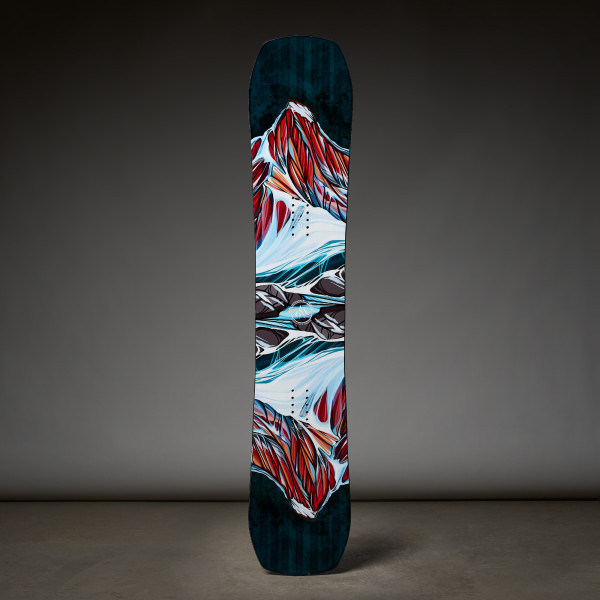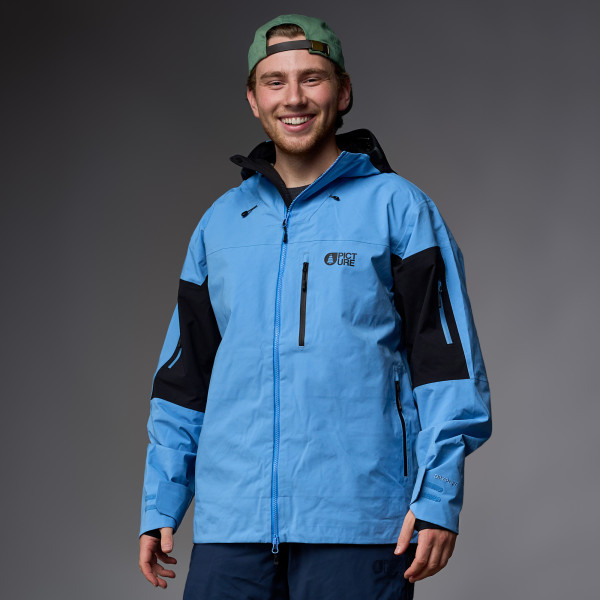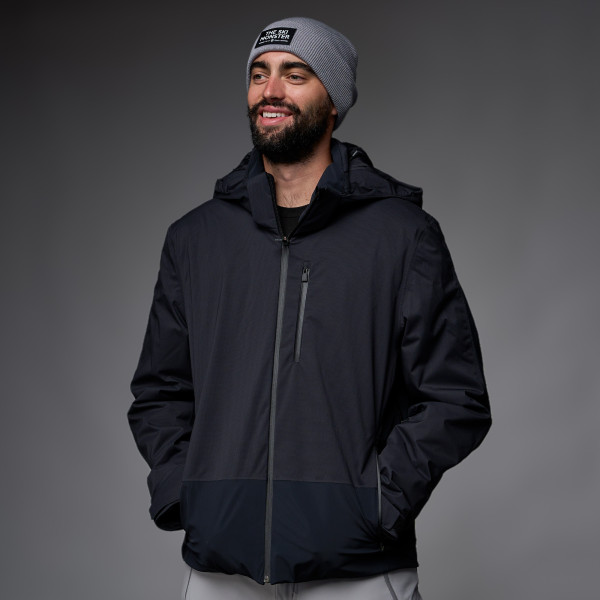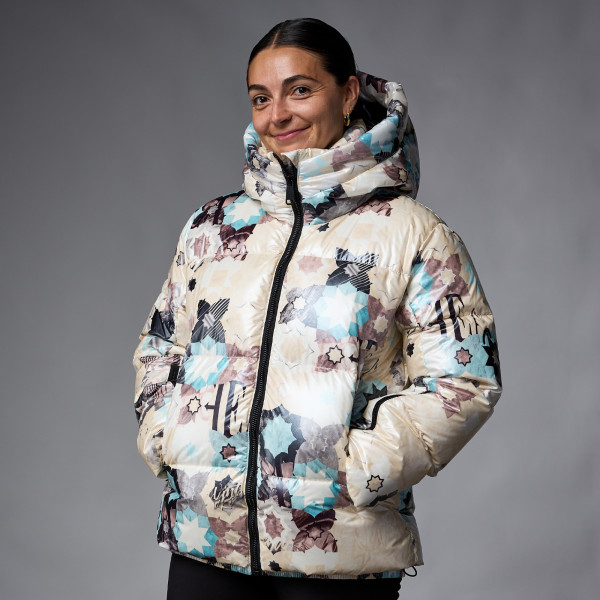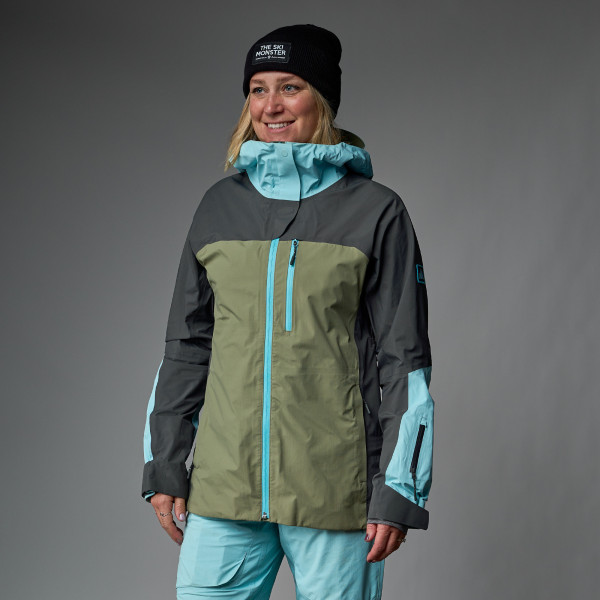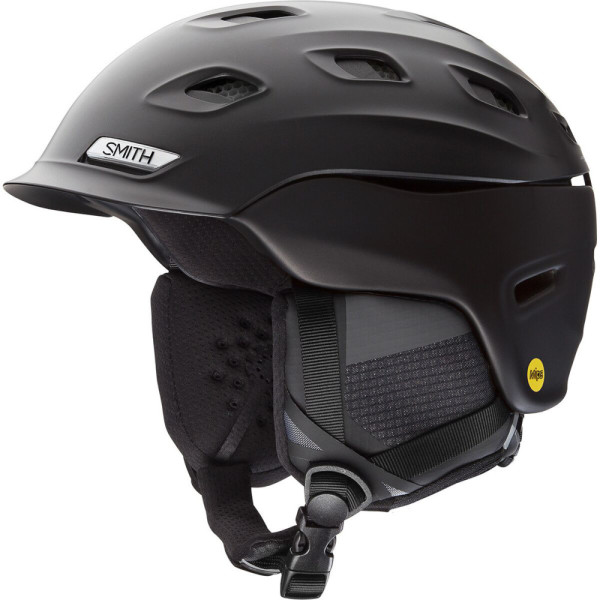Your Shopping Cart
GIFT CARDS ON SALE NOW, 15% OFF! CLICK HERE
Shop by Category
Hot Items
Hot Items
Ski & Snowboard Outlets
Ski Workouts: A Proper Strength Training Routine
Posted October 12, 2023 @ 3:42am | by Kara Michaelsen
Hey I’m Kara. Before we get into what you should be doing for ski excercises/workouts/routines, you probably want to know a little about me and my knowledge of skiing… here we go.
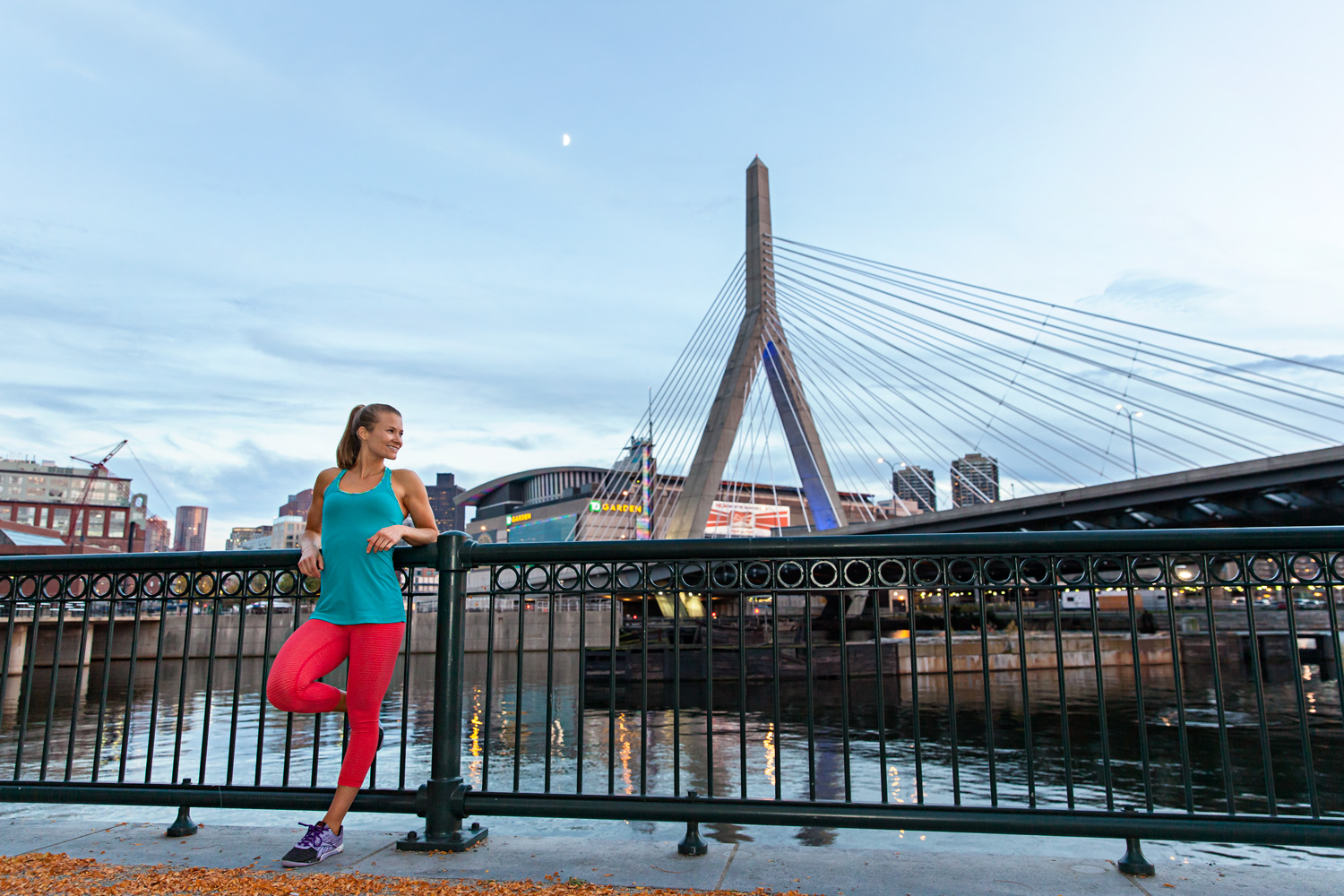
(Photo: Lucie Wicker // lucie@luciewickerphotography.com)
I’m from Stowe, Vermont I began skiing when I was 3 years old and racing when I was 5. I proceeded to train and race with Mount Mansfield Ski Club in my younger years until I went to Green Mountain Valley School for my freshman and sophomore year of high school and Mount Mansfield Winter Academy junior and senior year. My senior year I found out I had made the US Ski Team so I deferred from University of Vermont and spent two years on the US Team before going to UVM for an education in Movement Science and Nutrition and to finish out my ski career. At UVM I became a 2 time All-American and attended the NCAA finals my freshman and sophomore years.
Since then I’ve spent the last 12 years as a personal trainer; 1 year in Vermont and the last 13 years here in Boston. In 2016, I became a TierX Coach at Equinox after a year of one-on-one mentoring followed by another year of education and TierX specific training and in 2021 I left Equinox and started my own personal training business. I’m responsible for putting together programs that make sense for the individual while taking into consideration their strengths, goals, and challenges. Regardless of the activity, when it comes to movement and building strength, individual muscle strength is great, but more important than that is how all of your muscles come together and allow you to move efficiently.
My experiences as a trainer combined with a lifetime of competitive skiing brings us up to today, where I’ve started to realize there’s honestly not much good information out there when it comes to properly training for most sports let alone, skiing. Articles, blog posts, newsletters from ski brands have focused more on individual muscle strength than seeing your body as a total unit. More than anything I see leg presses, crunches, planks, and some light cardio mixed in. This is fine if your goal is to get your quads and core muscles individually strong; but skiing is a dynamic full body exercise that requires all of your muscles working on the same page, and a few individually strong muscles that can’t work together isn’t going to get the job done.
By focusing on using your body as a cohesive unit and not a series of unrelated parts, you’ll be set up not just to survive on the ski hill, but thrive. Regardless of your skiing ability, this is the difference between tiring out and needing a break every 2-3 runs, and crushing laps until the very last chair. There’s nothing wrong with the attitude of the former, but if you’re serious about thriving on the hill, you’ve got to put in the work correctly beforehand.
Before we get into some of the muscles you can and should train, and how to effectively get your body working as a unit, let’s go over what your body needs to do in order to ski well. These are the things you need to be able to do before you even put your boots on:
• Develop and manage tension in the body
• Generate force
• Maintain stamina in your ability to generate force
• Have the ability to manage muscle contraction for extended periods of time (also known as muscular endurance)
• Maintain isometric control of your core (again, think stamina)
• Eccentric Control your core - essentially you are generating a lot of force and power coming out of a turn and you need to be able to handle it
• Ability to breathe while doing all of this (many people forget to breathe when exercising and this is bad news for your ability to keep going)
So what does all this mean?
The seven things listed above goes beyond what you typically hear associated with skiing. In any kind of training we need to teach our muscles to fire together in a manner that’s similar to the movement or sport we’re training for. Muscles that fire together wire together, which is really at the end of the day what we’re looking for. Like I mentioned earlier, because skiing is an exercise that engages multiple muscle groups, when these muscles are activating together, whether in the gym or on the slope, everything becomes easier. The more times you activate those muscles together, the less you’ll have to actively think to do so, and the more natural all the movements will become. However, if you haven’t trained them to fire together in the gym or in the position that you’re training for then they sure as heck won’t fire together as efficiently as you want them to on the slopes.
Leg press, for example, is a great exercise to develop leg strength, but it doesn’t have much carryover to ski movements. Typically in a leg press machine you’re either lying flat and pushing the weight horizontally or you’re in an awkward happy baby position with legs up in the air under a potentially tremendous amount of load that you need to press up into the sky. Skiing you’re essentially in the opposite position and heading down an uneven surface while using gravitational forces to your advantage. What we want to stress is hitting a range of muscle groups and mimicking as best you can the motions those muscles will be doing out on the hill. Leg pressing into oblivion means your quads will probably look dope, but it’s not going to make you a much better skier.
So what do I mean by the entire body? Aside from quads, think the muscles in the feet, hamstrings, glutes, calves, back, upper body, grip to hold those poles, and most importantly, core strength.
The core is basically the bridge that connects your upper body and your lower body. When you’re skiing, force comes from the pressure of your skis on the ground and if your core can’t support that force and energy you will have what’s referred to as energy leak. You’ll fatigue faster into the day and are at a greater risk of falling or injury. If the core is the bridge than a solid bridge will effectively transfer force from the lower extremities to the upper extremities and from limb to limb without a break in energy. So, you could have strong legs from that leg press but if your core can’t handle that strength and power, you are going to be off-balance. Every time you change direction on your skis you’re engaging your core and the less core strength and endurance you have, the more you are going to struggle on demanding terrain that requires abrupt changes of direction and greater amounts of force. As the terrain becomes more challenging, every movement is accompanied by a greater amount of force. This is why double blacks, mogul runs or even tightly set Slalom or GS courses are more demanding on the body.
TLDR: When you’re skiing you have multiple muscles firing and working together. In the gym we need to mimic those movements as much as we can. Individual muscle workouts are great to strengthen that specific area of the body, but you’re not training your body to function as a unit.
If that was even too long for you to read…

